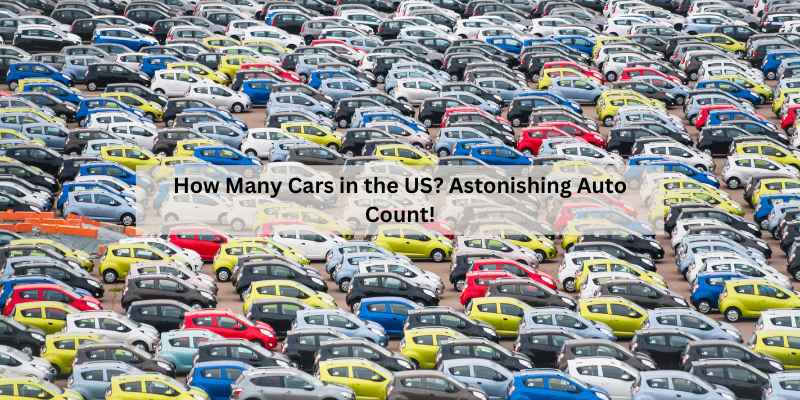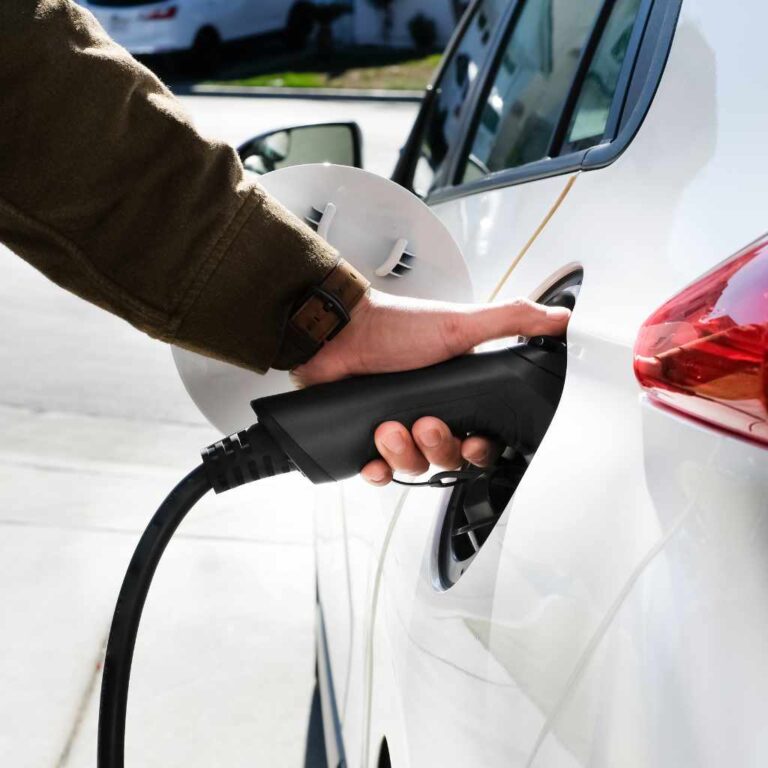How Many Cars in the US? Astonishing Auto Count!
As of 2023, there are approximately 273 million registered vehicles in the United States. This includes cars, trucks, and SUVs.
The number of cars in the U. S. Reflects the country’s dependence on personal vehicles for transportation. With a vast network of roads and highways, Americans rely heavily on cars for daily commutes, errands, and leisure activities. The automotive industry plays a crucial role in the economy, generating jobs and supporting numerous related businesses.
Trends show a growing interest in electric vehicles as consumers become more environmentally conscious. Understanding vehicle statistics helps policymakers and businesses make informed decisions about infrastructure, environmental impact, and automotive advancements. A closer look at these numbers reveals insights into American lifestyles and transportation preferences.
The American Love Affair With Cars
The American love affair with cars runs deep. Cars symbolize freedom and independence. They allow people to explore vast landscapes and travel great distances. Automobiles have shaped American culture in many ways.
The cultural significance of automobiles is immense. Cars represent personal identity and lifestyle choices. Many people view their cars as an extension of themselves. Car culture influences music, movies, and fashion.
| Year | Number of Cars |
|---|---|
| 1900 | 8,000 |
| 1950 | 25 million |
| 2000 | 230 million |
| 2020 | 270 million |
The historical growth of car ownership is remarkable. In just a few decades, car numbers skyrocketed. Cars became affordable and accessible to many Americans. This change transformed cities and communities across the nation.
Current Statistics On Us Car Population
The total number of cars on the road in the US is over 270 million. This figure includes all types of vehicles like cars, trucks, and SUVs. The number has been steadily increasing over the years.
On average, there are about 1.88 cars per household. This means many families own more than one vehicle. Urban areas often have fewer cars per household compared to rural regions.
| Type of Area | Average Cars per Household |
|---|---|
| Urban | 1.5 |
| Suburban | 2.0 |
| Rural | 2.5 |
Factors Contributing To Auto Abundance
The economic growth in the U.S. greatly impacts car sales. As people earn more, they tend to buy more cars. Lower interest rates also make loans easier. This leads to increased car ownership across various demographics.
Urban planning often encourages car dependence. Many cities have limited public transport options. This situation pushes residents to rely on cars for daily travel. Wider roads and parking spaces make driving more appealing.
| Factor | Impact on Car Ownership |
|---|---|
| Economic Growth | Boosts income and encourages car purchases |
| Interest Rates | Lower rates increase affordability of loans |
| Urban Planning | Limited public transport leads to car reliance |
Comparing Car Ownership Across States
The state with the most cars is California. This state has over 15 million registered vehicles. Texas follows closely with around 12 million cars. New York ranks third with about 9 million. These numbers show how car ownership varies.
Different regions have unique car types. For example, the Northeast prefers smaller cars. Meanwhile, the South often leans towards trucks and SUVs. The West Coast enjoys eco-friendly options like hybrids and electric cars.
| Region | Preferred Car Type |
|---|---|
| Northeast | Compact Cars |
| South | Trucks/SUVs |
| West Coast | Hybrids/Electric Cars |
Environmental Impact Of High Car Numbers
The high number of cars in the U.S. causes serious emissions and pollution. These vehicles release harmful gases into the air. Carbon dioxide and nitrogen oxides are common pollutants. They contribute to climate change and health issues.
Many people are aware of these concerns. Sustainability efforts are growing in the auto industry. Companies are making electric vehicles (EVs) to reduce emissions. These cars produce no tailpipe emissions. They help improve air quality.
Other efforts include using renewable energy in manufacturing. Car makers are also focusing on hybrid vehicles. These vehicles combine gas and electric power. This leads to lower emissions and better fuel efficiency.
Trends Influencing Future Car Counts
The adoption of electric vehicles is changing car counts in the US. More people want eco-friendly options. The number of electric cars is rapidly increasing. This trend may lead to fewer traditional cars on the road.
Autonomous vehicles are also influencing car ownership. Many people may choose to use self-driving cars instead. This could reduce the need for individual car ownership. Car sharing services are becoming popular too. These services allow people to rent cars as needed.
As these trends grow, the total number of cars may decline. The future of transportation looks different with these advancements.
Government Policies Affecting Car Ownership
Government policies play a big role in car ownership in the US. Regulations can affect how many cars people buy. Strict emission standards encourage cleaner vehicles. Tax incentives help families afford new cars.
Many cities invest in infrastructure development. This includes better roads and more parking spaces. Public transport options are also expanding. Buses and trains offer alternatives to car ownership. This can reduce traffic and pollution.
| Policy Type | Description |
|---|---|
| Regulations | Rules that ensure vehicles are environmentally friendly. |
| Incentives | Tax breaks that help people buy new cars. |
| Infrastructure | Investment in roads and public transport systems. |
The Road Ahead: Predictions And Possibilities
The number of cars in the US is expected to grow. This growth will reach over 300 million by 2030. Factors driving this increase include population growth and urban expansion.
Changing attitudes towards car ownership also play a role. Many people prefer public transport or shared mobility options now. Younger generations often value sustainability over ownership. They are more open to car-sharing services.
As cities develop, electric vehicles (EVs) are becoming popular. People seek cleaner and greener travel options. The shift towards EVs may change car ownership patterns significantly.
Frequently Asked Questions
How Many Cars Are There In The Us?
As of 2023, there are approximately 270 million registered vehicles in the United States. This number includes passenger cars, trucks, and motorcycles. The car ownership rate is around 1. 3 vehicles per person, highlighting the significance of automobiles in American life.
What Is The Most Popular Car In The Us?
The Ford F-Series trucks are consistently the best-selling vehicles in the US. This popularity stems from their reliability, versatility, and performance. The F-Series has dominated sales for several years, making it a staple for both work and leisure.
How Has Car Ownership Changed Over The Years?
Car ownership in the US has steadily increased over the decades. Factors like population growth, urbanization, and economic development have contributed to this rise. However, recent trends show a growing interest in alternative transportation options, including public transit and ridesharing.
What Demographics Own The Most Cars?
Car ownership varies significantly by age, income, and location. Generally, households with higher incomes tend to own more vehicles. Additionally, younger generations are increasingly opting for ridesharing and public transport over car ownership.
Conclusion
The number of cars in the U. S. Reflects changing lifestyles and economic trends. With over 270 million vehicles on the road, it’s clear that cars remain essential for many Americans. Understanding these statistics helps us grasp the evolving automotive landscape and its impact on society and the environment.







